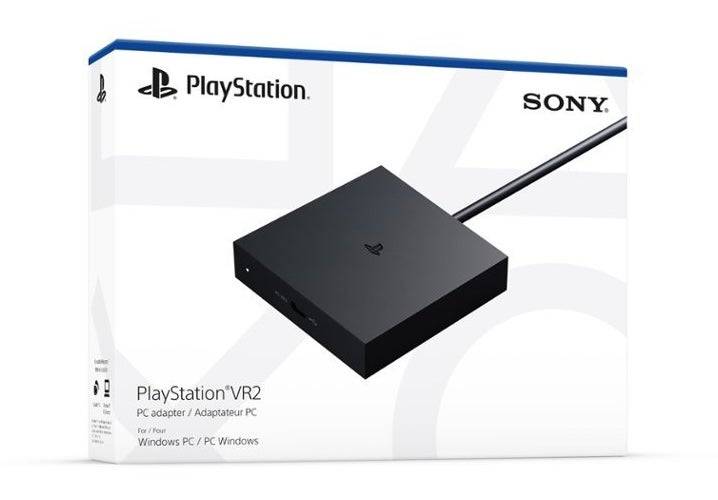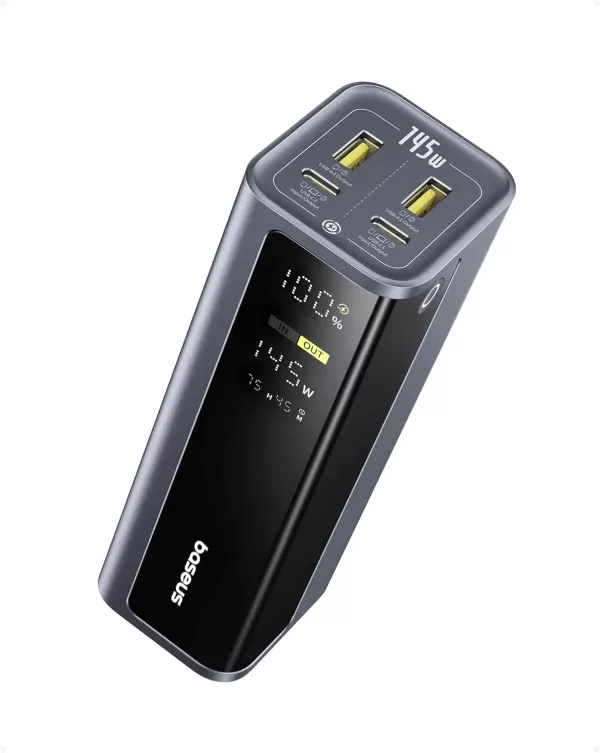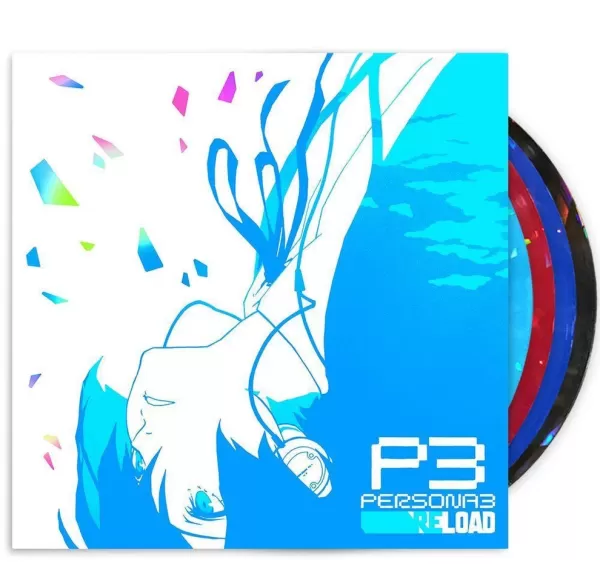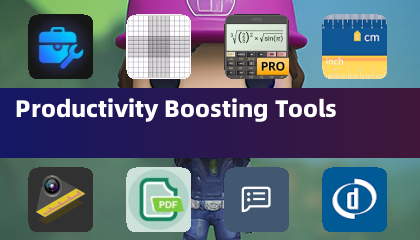For PlayStation VR2 owners eager to explore SteamVR's extensive game library on their PCs, the path wasn't always clear. Previously limited to consoles, the release of Sony's $60 adapter last fall opened the door, allowing PS VR2 compatibility with most modern gaming PCs—provided they meet the headset's minimum specifications. However, despite its plug-and-play marketing, the adapter's setup isn't entirely straightforward. Certain omissions require additional configuration depending on your PC's setup.
Connecting Your PS VR2 to Your PC: A Step-by-Step Guide
Before you begin, ensure you have everything needed. While the adapter makes the PS VR2 compatible with most SteamVR titles, your PC requires Bluetooth 4.0, a DisplayPort 1.4 cable, a free AC power outlet, and the installed Steam and SteamVR applications. The PS VR2 Sense controllers charge via USB-C, so you'll need two USB-C ports and cables (or Sony's $50 charging station).
What You'll Need

Check your PC's compatibility using Sony's official PS VR2 PC Adapter preparation page. Assuming compatibility, gather these items:
- PlayStation VR2 headset
- PlayStation VR2 PC adapter (includes AC adapter and USB 3.0 Type-A cable)
- DisplayPort 1.4 cable (sold separately)
- Free USB 3.0 Type-A port on your PC (note: Sony advises against extension cables or external hubs, though a *powered* external hub may work)
- Bluetooth 4.0 capability (built-in or via an external adapter)
- Steam and SteamVR installed
- PlayStation VR2 app installed in Steam
Connecting Your PS VR2: Step-by-Step Instructions
- Install Necessary Software: Download and install the Steam Windows client, SteamVR app, and the PlayStation VR2 app.
- Set Up Bluetooth and Pair Controllers: Enable Bluetooth in your PC's settings. On each controller, press and hold the PlayStation and Create buttons until the light blinks. Pair them via your PC's Bluetooth settings. If using an external Bluetooth adapter alongside an internal one, disable the internal adapter in Device Manager.
- Connect the Adapter: Plug the PS VR2 adapter into a USB 3.0 port, connect it to your GPU via DisplayPort 1.4, connect the AC adapter, and connect the PS VR2 headset to the adapter.
- (Optional) Disable Hardware-accelerated GPU Scheduling: For newer GPUs (e.g., Nvidia RTX 40-series), disabling this setting in Graphics settings may improve stability. Restart your PC afterwards.
- Launch Apps and Set Up Headset: Turn on your PS VR2 headset. Launch SteamVR, setting it as your default OpenXR runtime. Open the PlayStation VR2 app to update controller firmware and complete the headset setup (Play Area, IPD, display distance, etc.).
Direct Connection Without the Adapter?
Currently, a direct PS VR2-to-PC connection without the adapter is unreliable. While some reports suggest that certain 2018-era GPUs with VirtualLink might allow this (via Road to VR), it's not a guaranteed solution.


 LATEST ARTICLES
LATEST ARTICLES 











